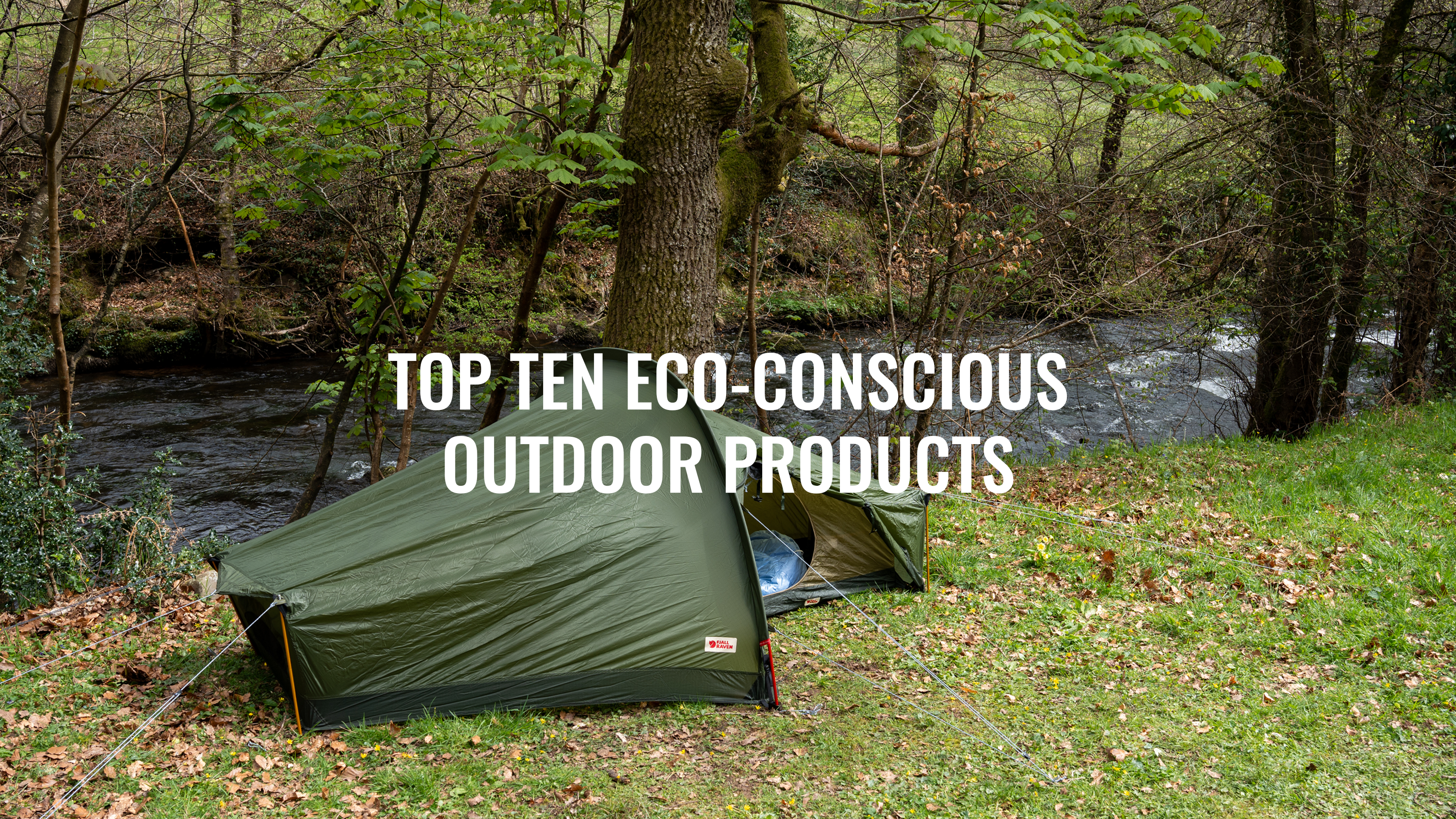
Eco-Conscious Outdoor Clothing and Equipment
In celebration of Earth Day, we’d like to raise a little more awareness around some of the more eco-conscious products within our range to help you choose your next piece of kit more responsibly.
As outdoor enthusiasts, it’s super important to look after the one thing that we get so much enjoyment out of – nature. By making more informed decisions when purchasing gear and buying better quality items that will serve us well and last longer, we can help reduce our environmental impact without compromising on the fun stuff.
Our Top Ten Outdoor Products With A Lower Environmental Impact
In this blog, we have carefully chosen ten of our favourite responsible products and explained why they’re great alternatives if you seek something more eco-conscious. Alternatively, you can browse our more comprehensive collection by clicking here.
Montane Solution Jacket and Pants
The Solution Jacket and Pants are currently the most environmentally responsible products in the Montane collection. Montane has created these future-proofed pieces using a mono-material (recycled polyester). Mono-materials can easily be recycled again at the end of the product’s life, keeping them in the loop and helping prevent them from ending up in landfill. This type of construction is incredibly rare with typical three-layer waterproofs! Despite this, the Solution range is still durable enough to last you years of adventures. The material is also solution-dyed, which, if you were wondering, is why these products only come in black.
Benefits of solution-dying
Solution-dying uses 50% less water, fewer chemicals, and less energy than conventional dying methods. This results in less potentially harmful wastewater and carbon emissions. The DWR is also PFC-free, meaning Montane avoids using harmful ‘forever chemicals’ that damage our ecosystems when applying the water-repellent finish. Cool, right?
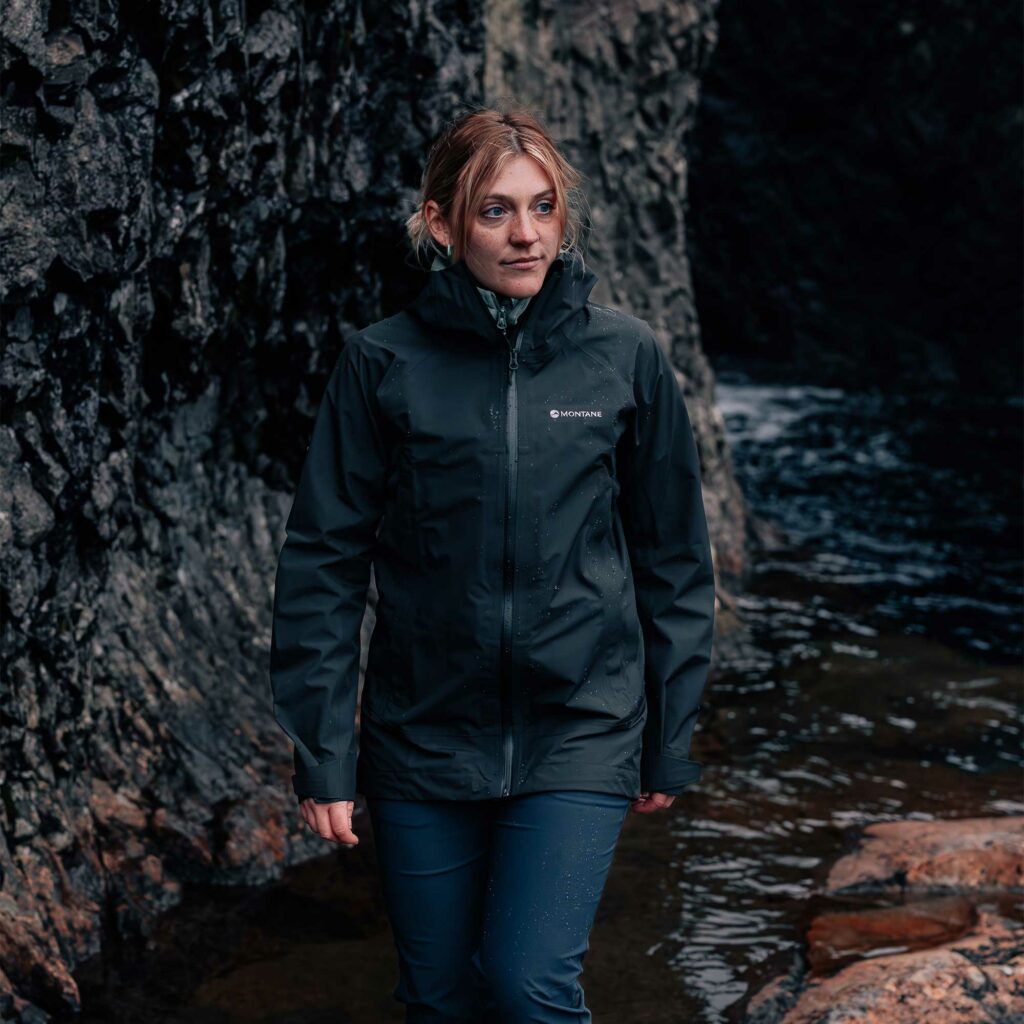
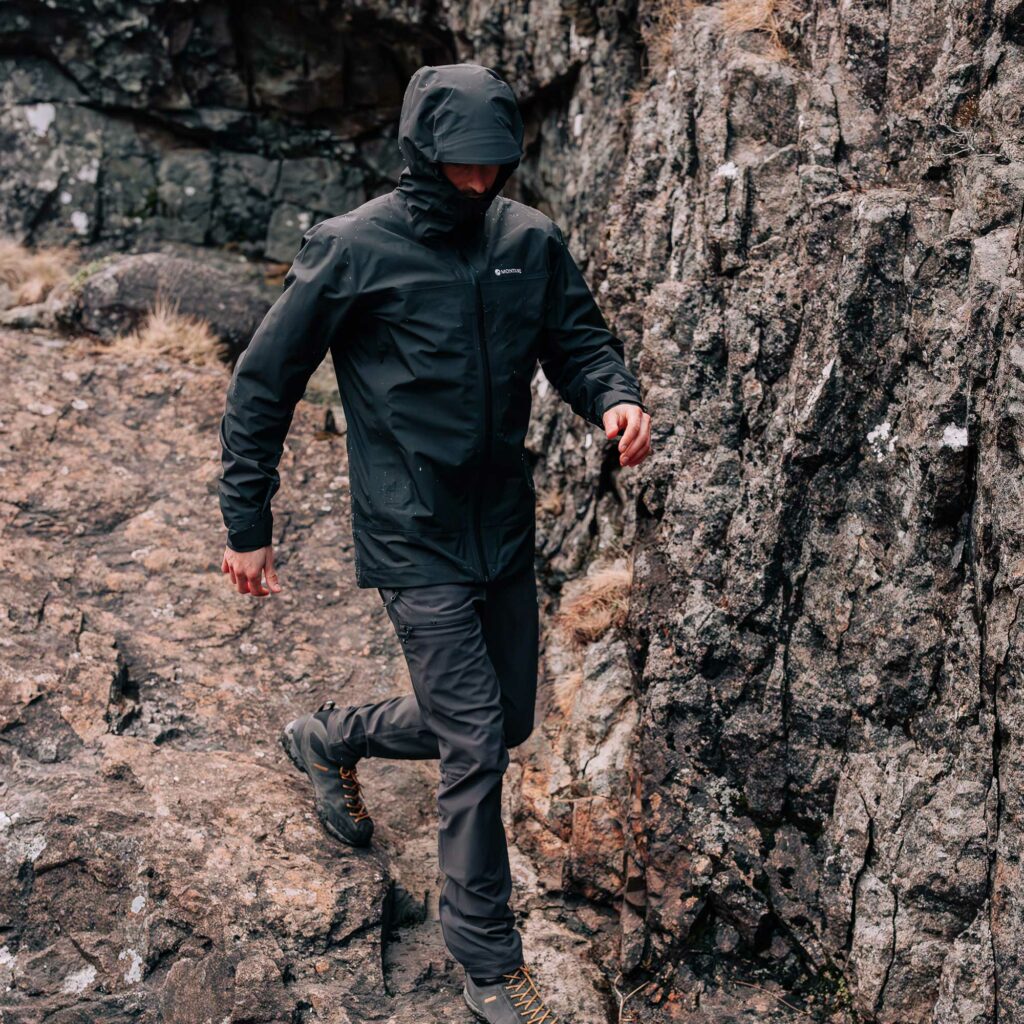
Tierra Nikka Parka
The Nikka Parka is ideal for the unpredictable UK weather. Cold? Wet? Windy? No problem! It uses Gore-Tex®’s new ePE membrane, which has a much lower environmental footprint than previous Gore-Tex® products.
ePE – the more eco-conscious Gore-Tex® membrane
Originally, Gore-Tex® was known for using ePTFE in its waterproof membranes. ePTFE, unfortunately, contains compounds C6, C8 and sometimes C12. These compounds cause permanent damage to our ecosystems when released in wastewater. The latest ePE membrane replaces these harmful compounds with C0. C0 contains no ‘forever chemicals’ and is much better for the planet’s long-term health. ePE membranes also use laminates with a lower-mass membrane and select textiles to reduce the carbon footprint even further. If you’d like to learn more about this change to Gore-Tex® products, read our blog here.
A vegan, waterproof and insulated jacket?
This jacket is also made using 100% recycled polyester and filled with warm, synthetic Thermore® Ecodown. Thermore® Ecodown is PETA-approved, vegan, and made with 100% recycled bottles. It helps to reduce this product’s footprint even further and ensures it’s suitable for vegans!
Artilect Halfmoon Bio Fleece
This is no ordinary fleece! From an eco-perspective, the Halfmoon Bio Fleece has some exciting qualities. Made with 100% recycled materials, including lycra and Primaloft® Bio, it has a much lesser environmental impact than conventional, new materials.
A biodegradable fleece?
The real point of difference is the Primaloft® Bio fabric. Primaloft® Bio is designed to help reduce the long-term effects of microplastics in our oceans and ecosystems. How? It starts by reducing the amount of microfibre shedding the product suffers from when it is worn, washed and well-used. Primaloft® Bio fibres are also optimised to break down quickly once they reach the end of their life. Although, rest assured, this doesn’t mean this fleece will fall apart in your wardrobe!
Wherever they end up, these fibres will appeal more to naturally occurring microbes found in environments like landfills, wastewaters or even our oceans. Albeit we hope that none of these fleeces do end up in the ocean… Those naturally occurring microbes allow the synthetic fabric to break down and ‘return to nature’. Once broken down, they leave behind elements such as water, CO2, methane, biomass and humus (a natural component of potting soil).
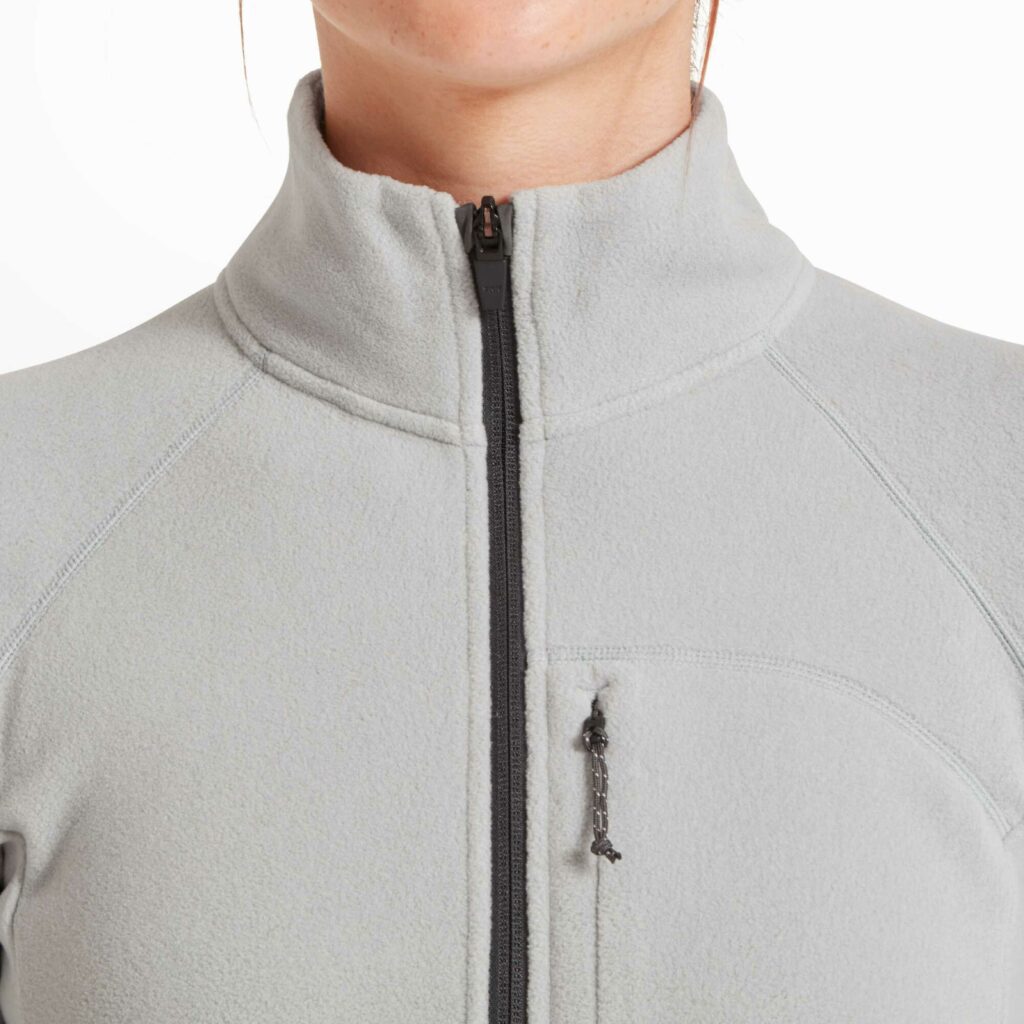
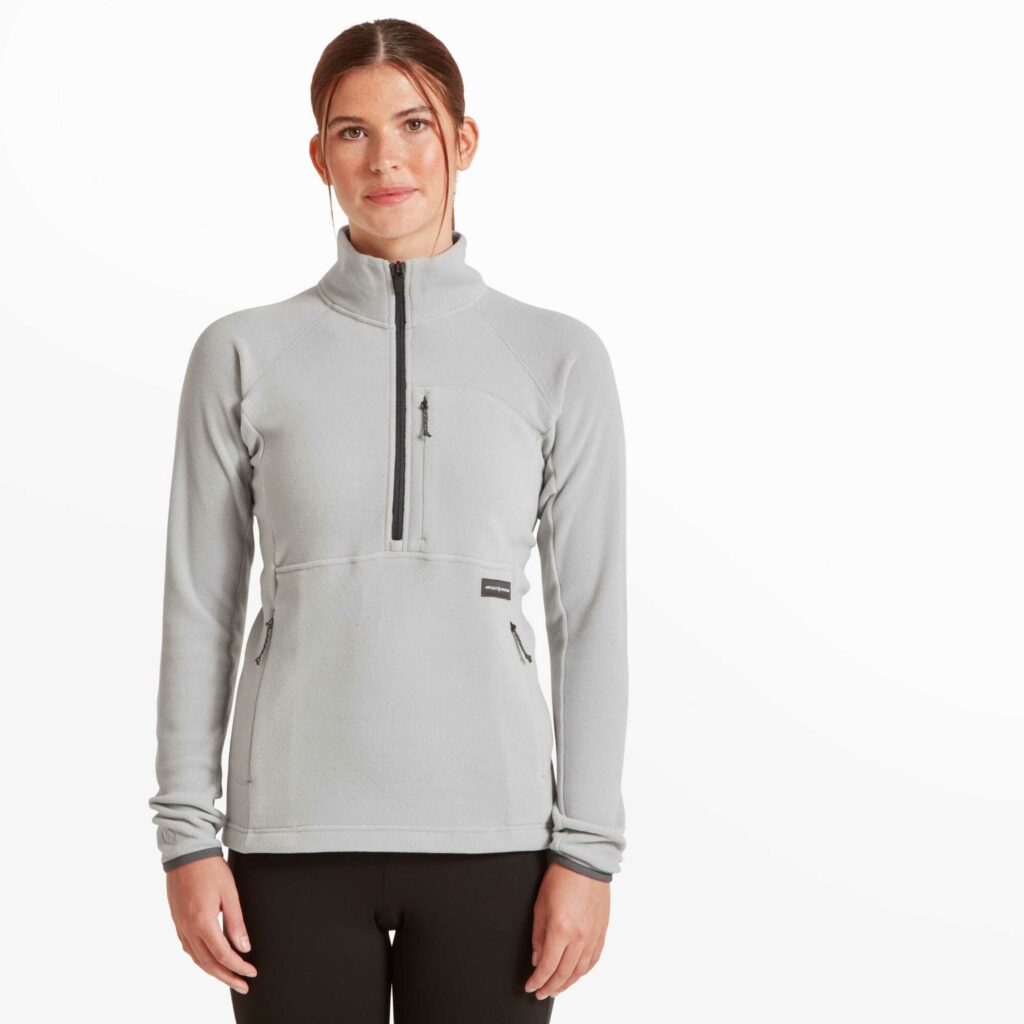
Fjallraven Hemp Blend T-Shirt
This t-shirt comprises a plastic-free blend of cotton and hemp. We’re all pretty familiar with cotton, but hemp? Hemp comes from the stalks of Cannabis Sativa plants, but don’t worry, there’s nothing dodgy about this tee.
Environmental benefits of Hemp
Hemp material is incredibly durable and much more responsible than conventional textiles because it is a renewable source.
Hemp is completely natural and grows rapidly; it can be harvested up to three times yearly! It also does not require synthetic pesticides or harmful chemicals to produce. In fact, it helps to repair the soil, consequently helping to speed up land regeneration after each harvest due to its quick turnover and beneficial properties, making a much less impact overall, even compared to cotton.
Farmers also get a much larger yield from hemp than they would cotton, even on the same-sized plot of land, making it a much more efficient material to produce.

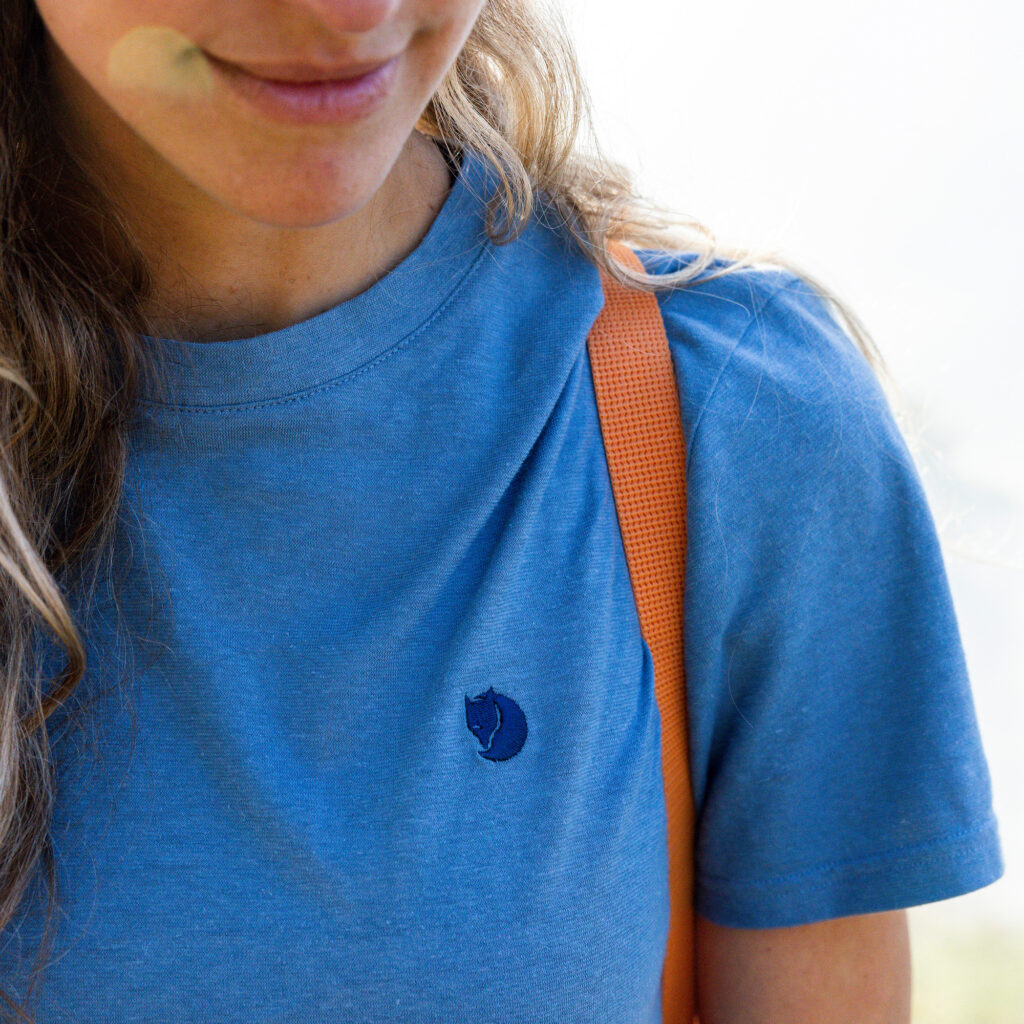
Hanwag Nazcat II GTX
Repairable, long-lasting trekking boots
These boots will genuinely stand the test of time. Product longevity is an often overlooked component of living and buying more responsibly. At first glance, the Hanwag Nazcat II GTX may not be the most conscious-looking boots on the market, but they are sure to last you a lifetime, actually making them a fantastic choice, as you’ll practically never need to buy another pair of trekking boots again!
If they do end up a little haggard, Hanwag also has some great programmes allowing you to repair and resole these boots, prolonging their lifespan; check them out here.
Leather boot care
Caring for your boots is another must, as this will help them perform their best more consistently and last even longer. With these things in mind, we could even begin to throw away the modern ‘throw-away culture’ and savour those sentimental pieces of gear with which we share so many memories.
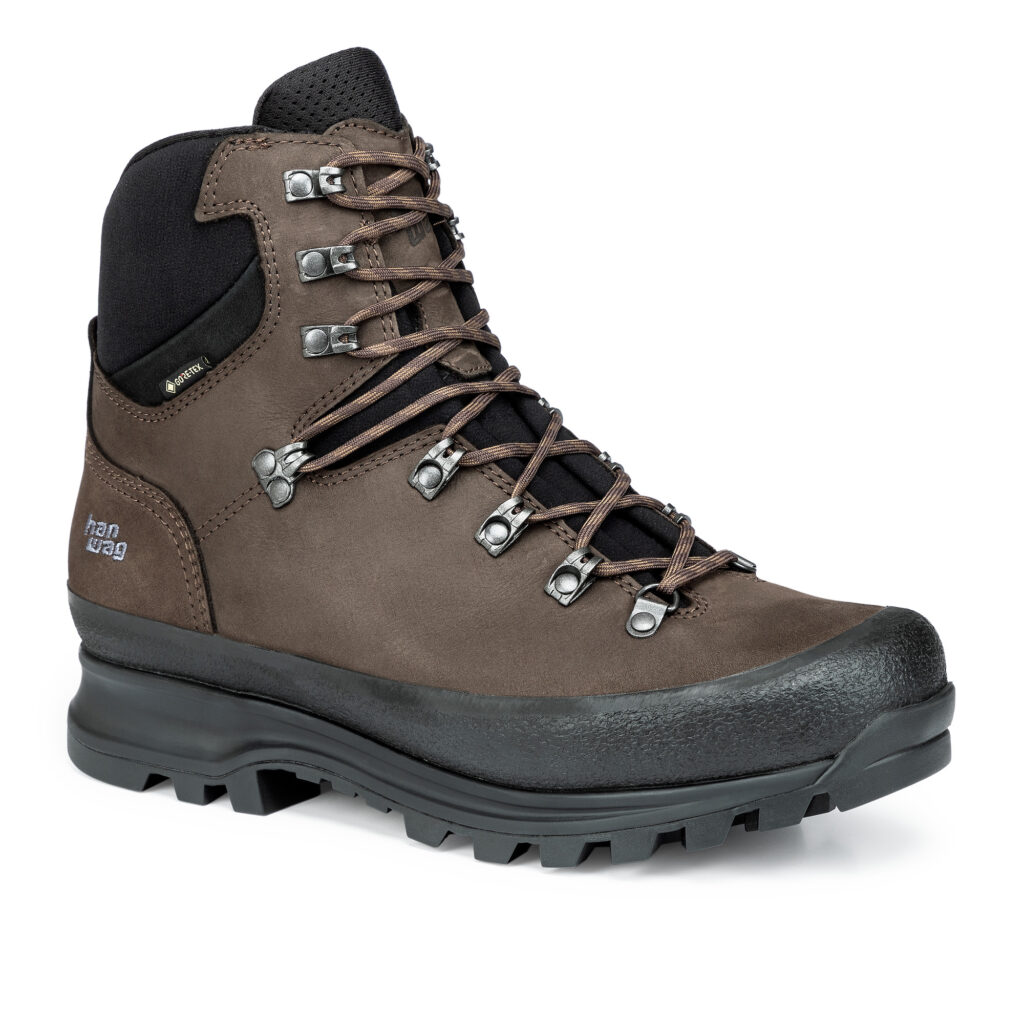
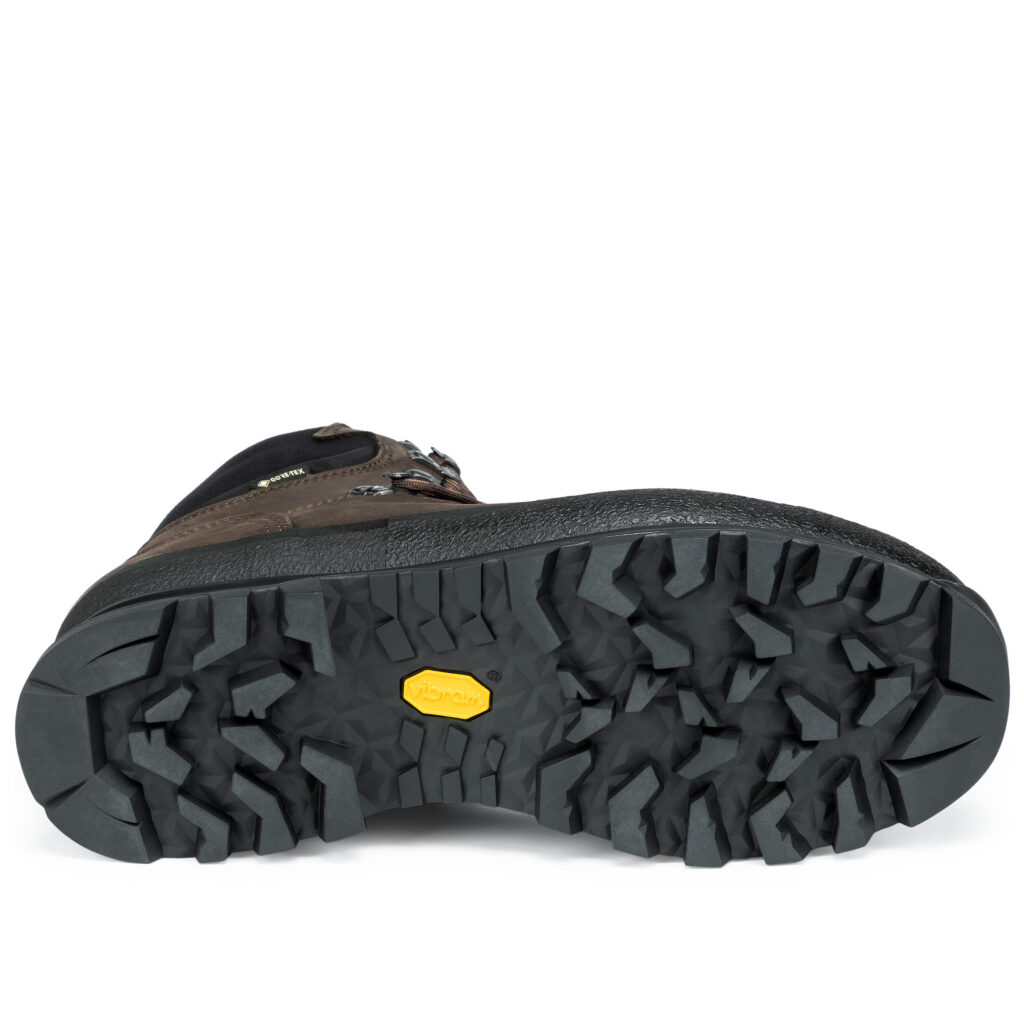
Silva Terra Range
Silva’s Terra range currently features accessories such as head torches and dry bags. What distinguishes these products from their competitors is that Silva produces them in a more environmentally sensible manner.
Eco-conscious head torches and dry bags
The head torches are made with hemp and recycled materials and feature rechargeable batteries, whilst the dry bags are constructed with recycled textiles and left undyed (apart from the logos) to help reduce the use of chemical dyes and lessen water consumption during manufacturing.
From personal experience, I can assure you that these products perform fantastically and look pretty cool, too! What’s not to love?!
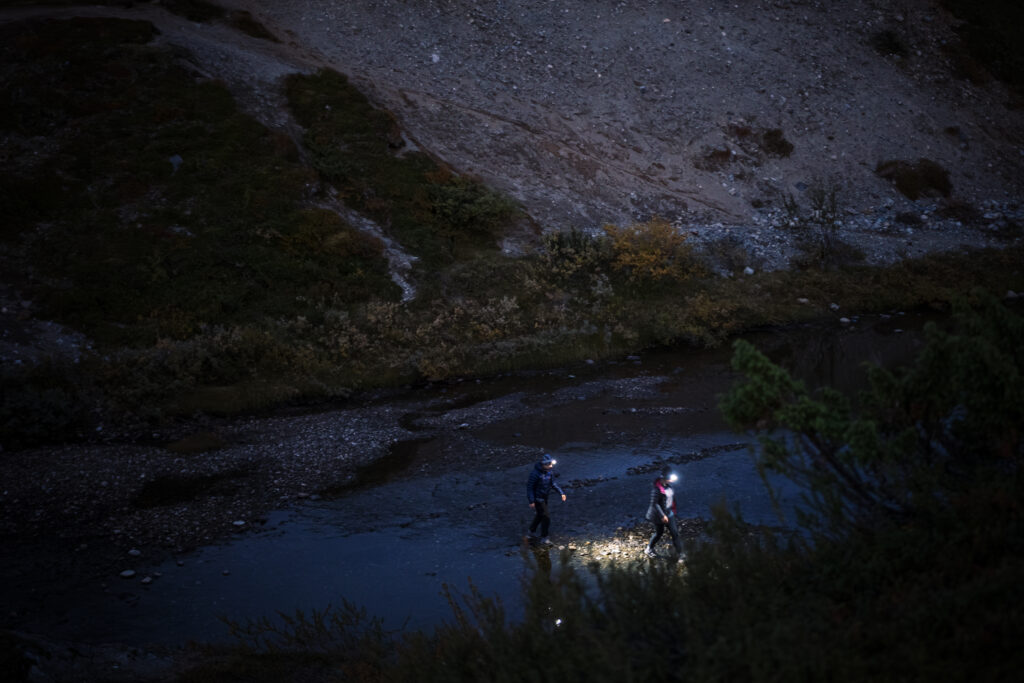
Cotopaxi Del Dia Range
Not only are the bags in this range super fun and colourful but they’re also made from repurposed scraps of material that would have otherwise gone to waste, helping to keep valuable materials out of landfills.
One-of-a-kind, eco-conscious travel bags made from repurposed material
Cotopaxi’s Del Dia family offers incredibly functional and durable one-off pieces. The brand has crafted this entire collection from cutoffs leftover from their production lines, making the colours unique to each piece, meaning you’ll never see another like yours!
The Del Dia Range features an array of bags, packs and organisers to meet the needs of different types of adventurers and explorers. From casual campers and dog walkers to serial travellers, there really is something for everyone!
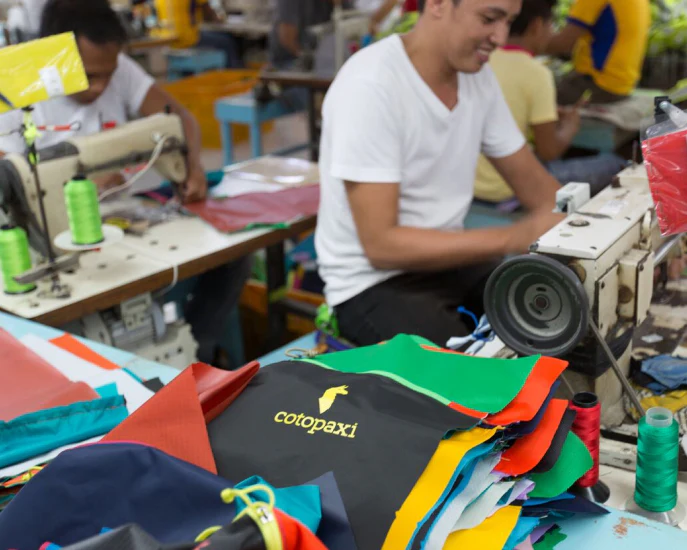
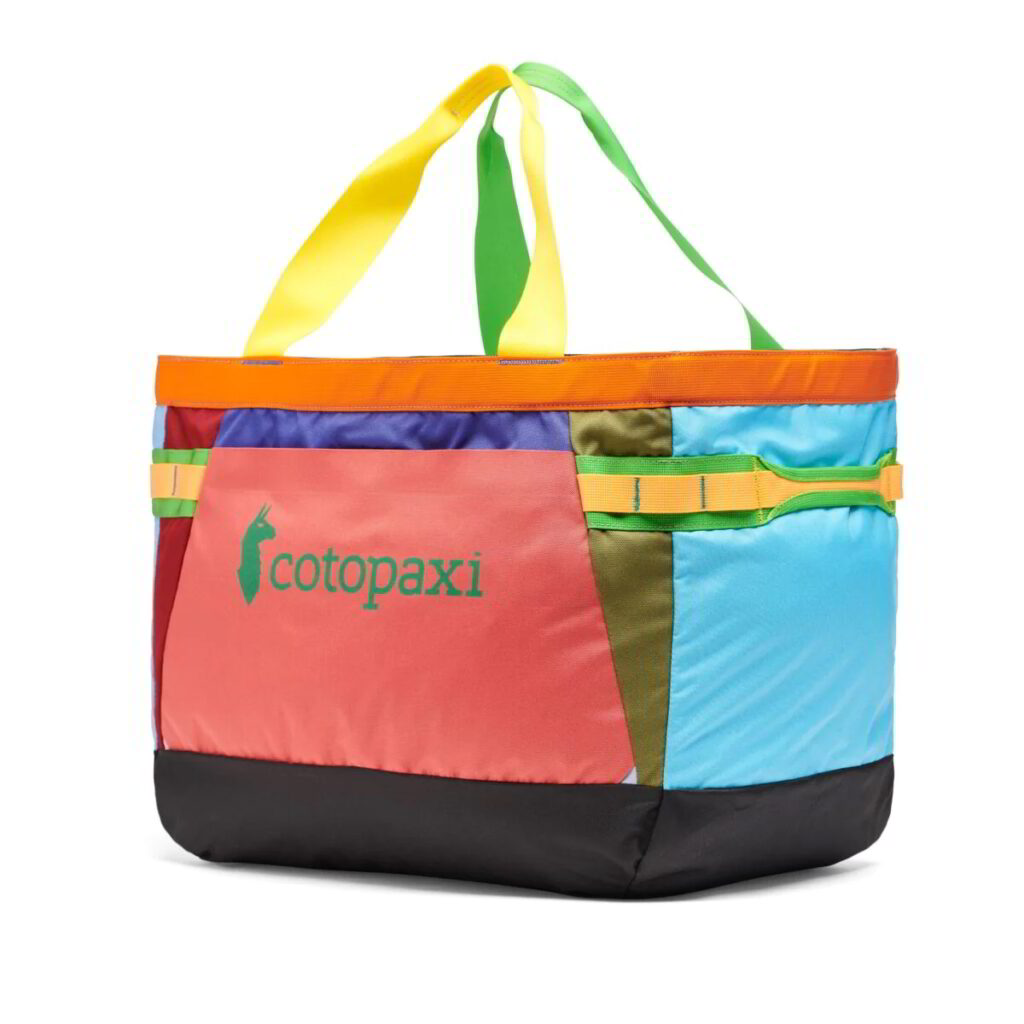
NEMO Equipment Riff Sleeping Bags
The Riff Sleeping Bags are paving the way to a sleeping bag revolution. They are part of NEMO’s Endless Promise collection. The Endless Promise range focuses on where the product will inevitably end up at the end of its lifespan, helping to keep products and valuable materials out of landfills.
A 100% recyclable sleeping bag
Millions of outdoor products are produced yearly, and only a tiny percentage of those are recyclable, so eventually, they’ll just end up as waste. The NEMO Riff bags are 100% recyclable, so once your bag completely gives up on you (which won’t be for a long time), it won’t spend its last moments on the top of the rubbish heap. Instead, NEMO can turn it into something new, keeping the entire bag and its materials in the loop, so there never really has to be an end.
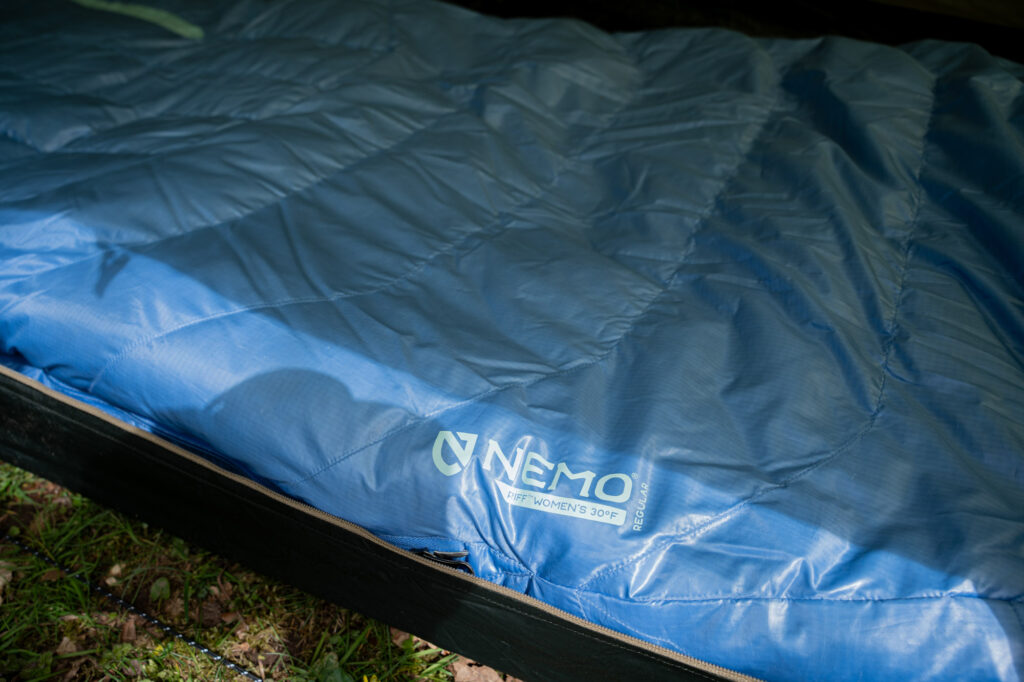
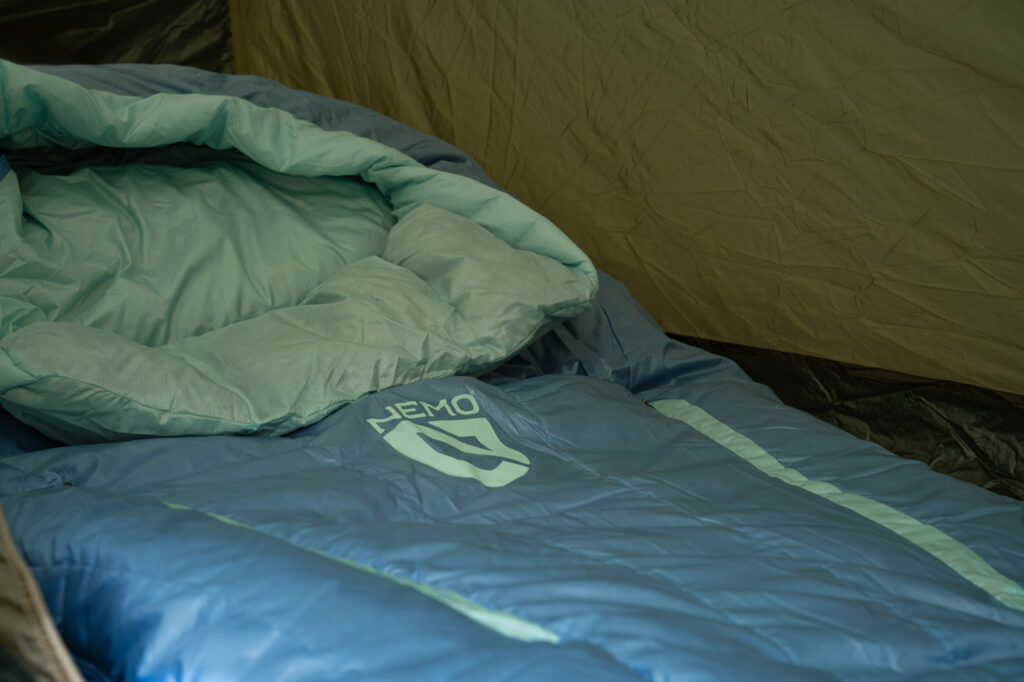
Big Agnes Twistercane Bio Foam Sleeping Pad
Big Agnes has constructed this foam sleeping pad with over 60% responsibly grown sugarcane resin. This resin is derived from sugarcane and harvested in an environmentally considerate manner. The material is also audited by a third party for extra reassurance. Not only does this help to reduce carbon emissions from manufacturing, but it also reduces the amount of plastic used in the sleeping mat, giving it some extra brownie points for the more eco-conscious adventurer without compromising comfort!
A more eco-conscious alternative to a regular sleeping mat
Though it’s not constructed in the usual fashion, this sleeping mat is still incredibly comfy, protective and versatile, you could use it for an array of different camping adventures, whether wild camping in the peaks, car camping with friends, or even heading to a festival.
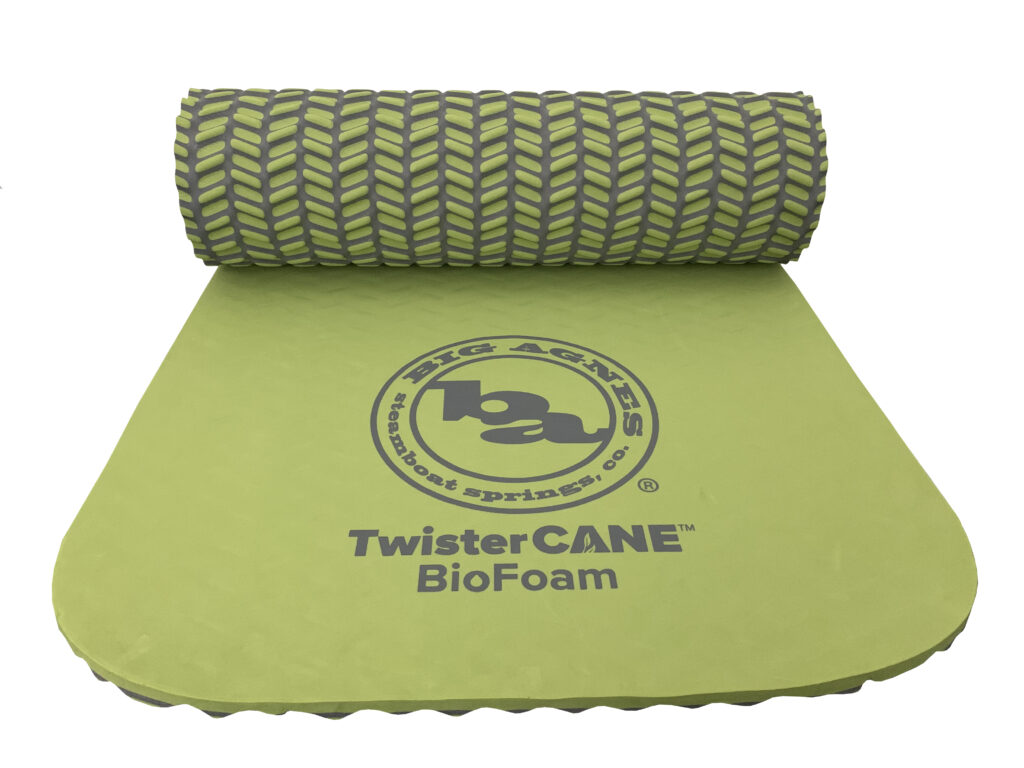
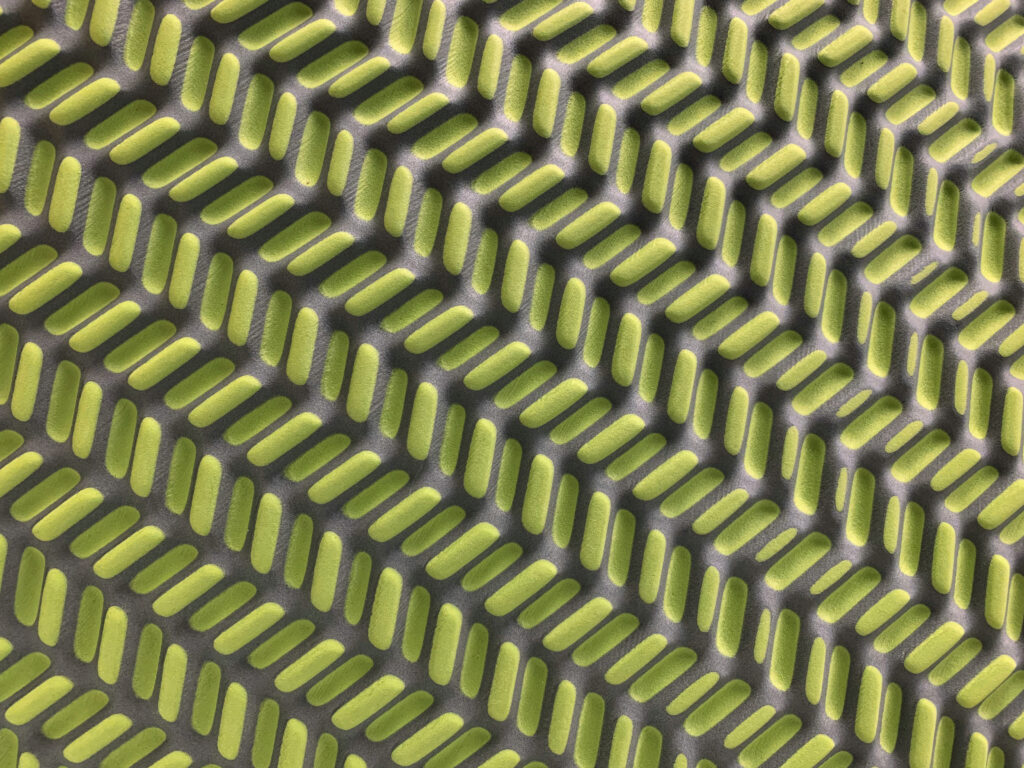
Fjallraven B-Grade Tents
Fjallraven B-Grade Tents are made with imperfect, but not unusable, materials, preventing them from going to waste and ensuring that every resource is put to good use, even if it doesn’t look as flawless as the standard product.
So, how did these tents come about? A portion of the fabric used for Fjallraven’s Abisko Tent range was unusually affected during the dyeing process. Therefore, some of the tents produced in this line had unusual striping on the outer fabric, making them look different to the usual standard. Despite this, the brand rigorously tested them to show no functional weakness. As a result of this mishap, the B-Grade tent was born.
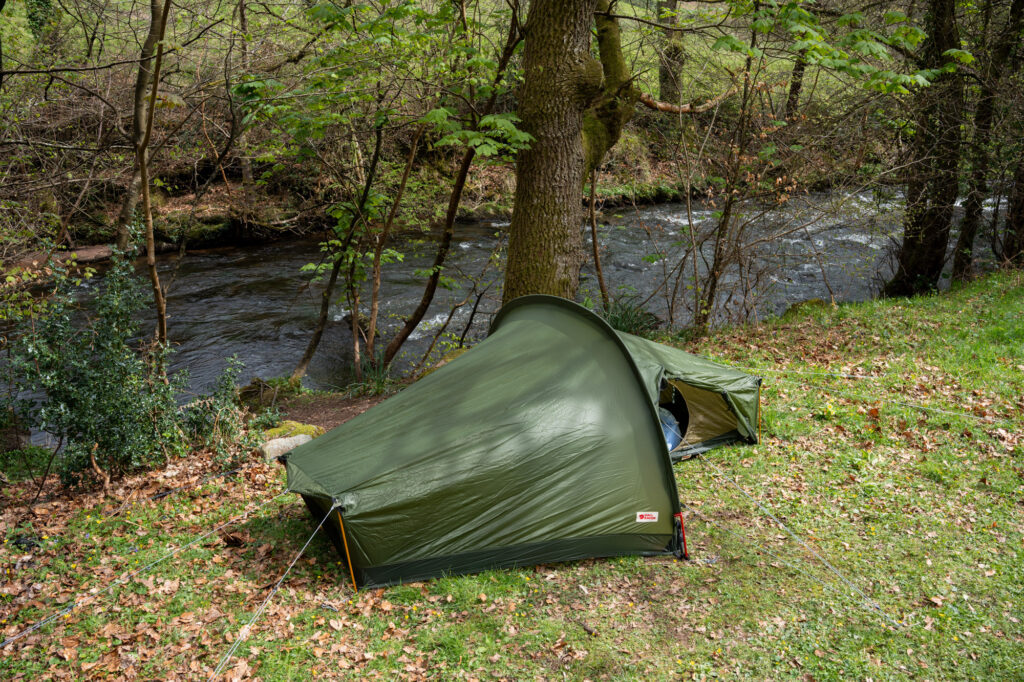
Tried and tested quality
As mentioned, Fjallraven has rigorously tested these tents to ensure that the coating quality of the fabric was not affected by the striping, including:
Lab testing with SGS — results showed no weakness
Six weeks of field testing — results showed no weakness in strength or quality
“We have now used the tents in rain, wind and in sun, we have over tensioned them and misused them during these last weeks. Our conclusion is that they work as well as the other tents. The test team can stand behind that they have been tested in the outdoors. We haven’t seen any leaks from the striped fabric or any weird tensioning or loosening at the striping.”
-Direct from Fjallraven’s trusted testing team.
The B-Grade range not only provides campers with the opportunity to purchase a high-quality Fjallraven tent at a lower price point (this does not come around very often!) but also supports an eco-conscious supply chain that avoids unnecessary waste.
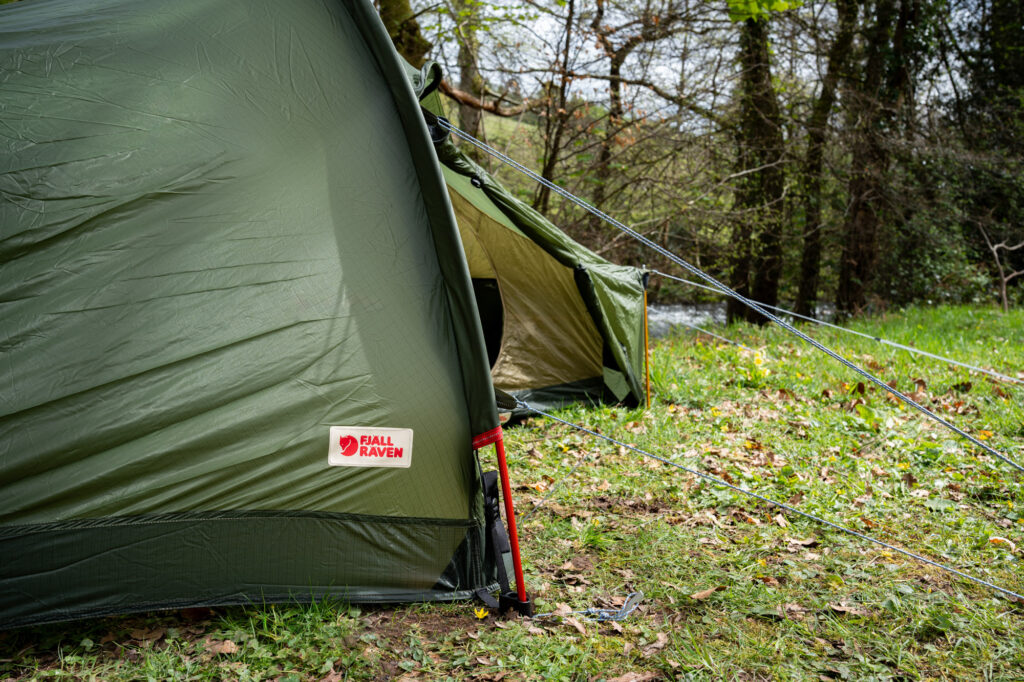
If you enjoyed this blog, why not read our previous article reviewing the Tierra Liddo range?
Got a question? Contact Trekitt
As usual, if you have any questions, don’t hesitate to get in touch! Reach out to us on our social media channels, whether Facebook or Instagram, via email at [email protected], or call our friendly customer service team on 01432 263 335. If you’re local to Hereford, why not visit us in-store? You can speak to one of our lovely staff members in person and get some hands-on assistance with finding the right product.
Written by Rachel Tooley.

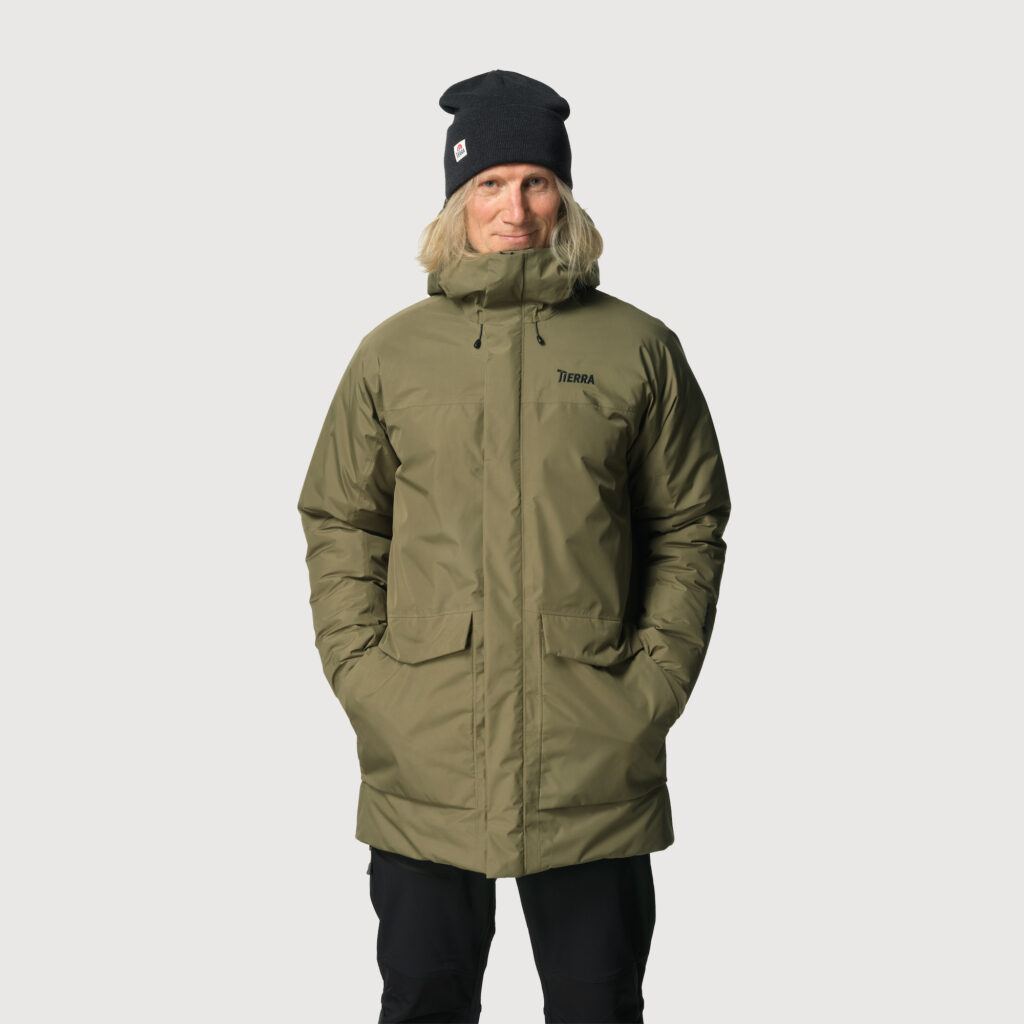
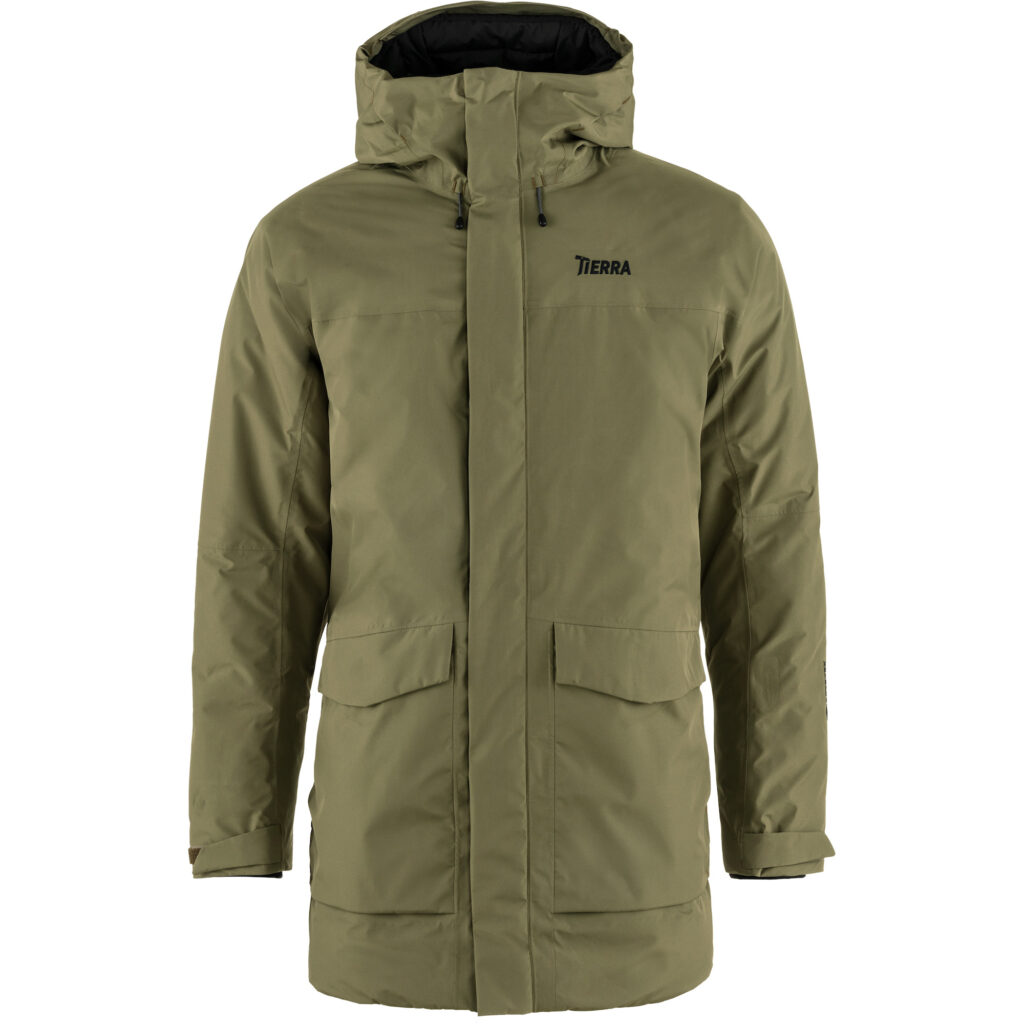
Leave a Reply